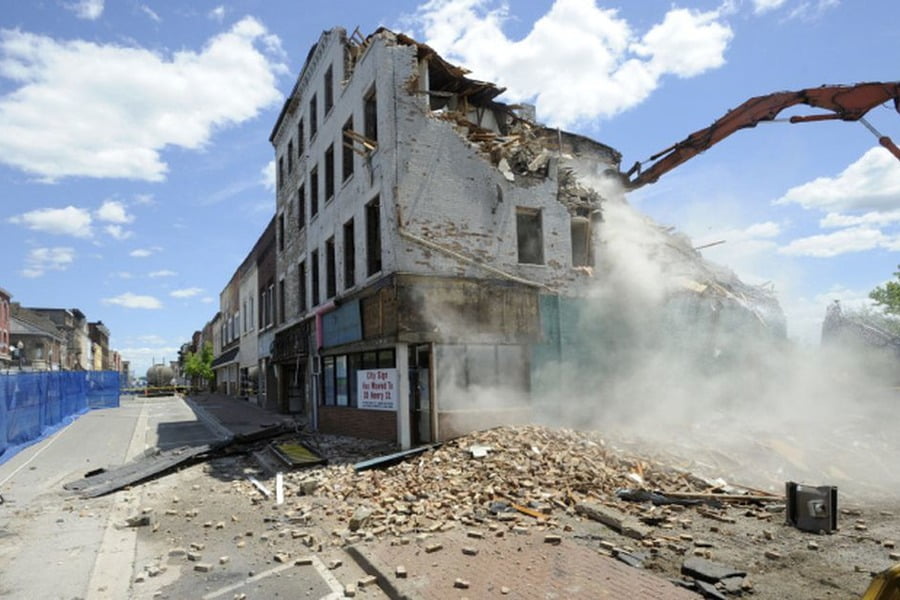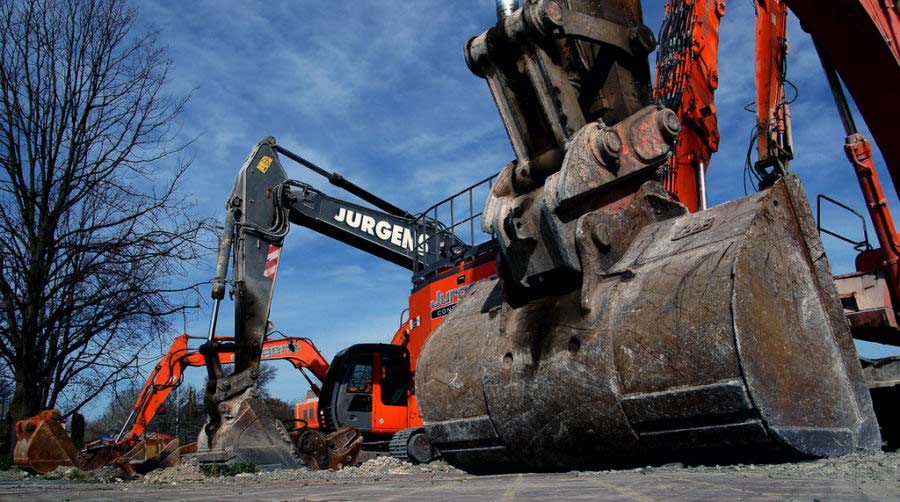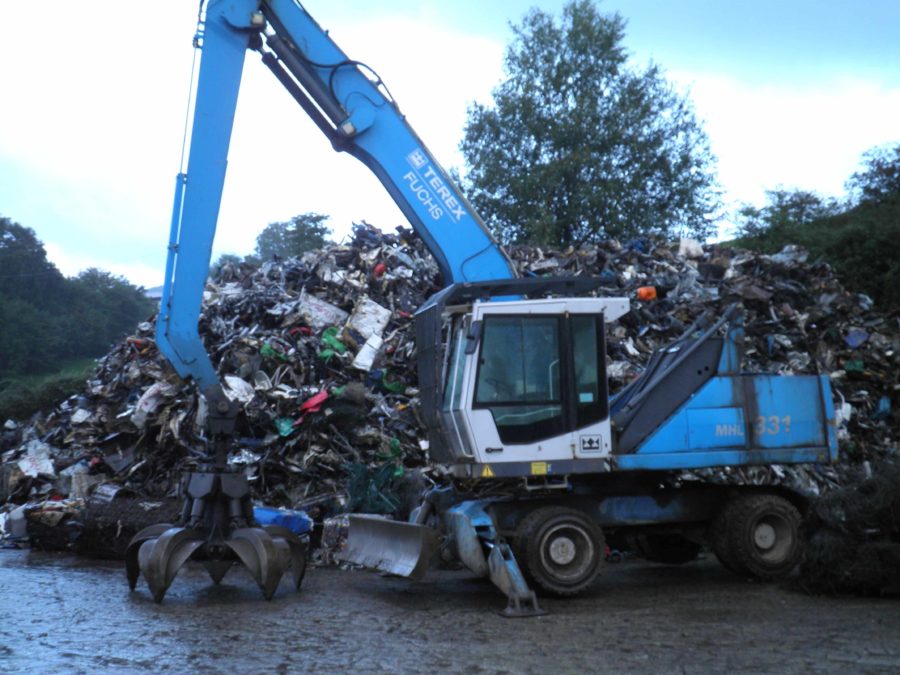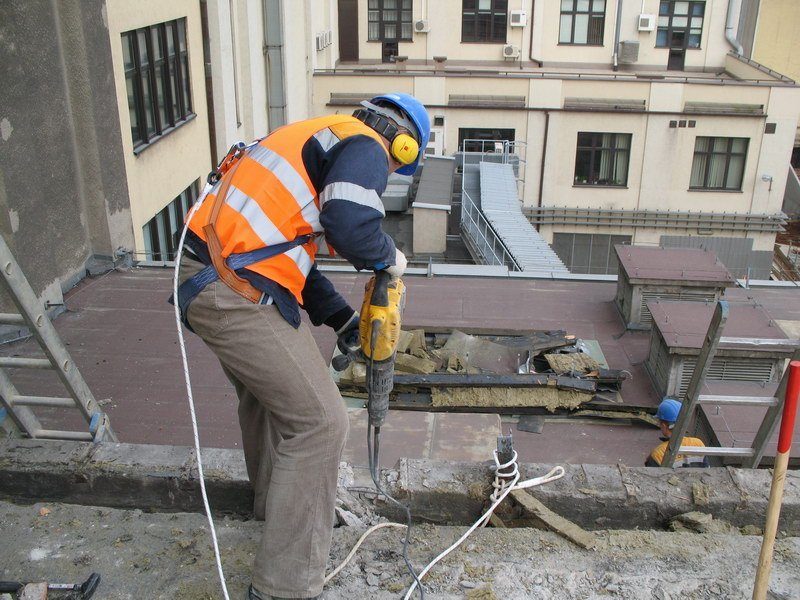Does Demolition Involve Historic Conservation?
- Demolition service companies actually work in historic districts doing controlled demolition on old properties to ensure the surrounding structures are not affected
- Most of the materials will be repurposed or recycled because of the history behind them
- There’s a long process involved and a lot of documentation is needed before one single building will be razed down
- Any changes to the building will first be approved by the local historic commission
- The commission will also decide which building will be demolished and which will be preserved
- Find only credible demolition service companies with the experience to tear down the building in a controlled manner
Communities have a responsibility to preserve a building or an entire district if the history of the city or town is attached to that place. In the same vein, demolition service companies must also possess a sense of history to appreciate the value of what might look like an old and dilapidated structure.
What most people probably don’t know is that demolition experts are very active even in historic districts. There’s a lot of planning involved in maintaining these properties to make sure they truly reflect the era that they represent. One example is the Gold Coast Historic District, which has ties to the Great Chicago Fire in 1871, which flattened more than three miles of ground.
In downtown areas, you need the expertise of demolition companies with experience in tearing down structures in a controlled manner, especially since there are bound to be hundreds of vehicles, foot traffic, storefronts, and other buildings all sharing a dense space.
Preserved or Demolished: That is the Question
If you own a property in a historic district, you have a responsibility to preserve it. You can’t even arbitrarily introduce changes to your house or building, particularly on the exterior, that will drastically change the façade and destroy a part of the history.
However, there are some considerations why a historic building is going to be demolished. Still, city officials will assess the property even if you have your own engineers who might have recommended that the structure should be abandoned.
- When the building no longer serves its purpose. The layout, designed, and even location no longer fit the requirements of the new tenants, investors, and city officials. This could happen when there’s a sudden disruption in the location or zoning.
- When no development is introduced to the site. Sometimes, the city may declare a site as a historic district but there’s no budget or no clear plans to develop or preserve the site for tourism purposes. Meanwhile, the real property values continue to go down because of old and dilapidated houses or buildings.
- Safety issues. Buildings that have existed for more than 100 years are bound to have some structural problems and the solution is more than just masking the symptoms. It would be more expensive to repair the major structural issues rather than build an entirely new one (even if the design would be the same as the old structure).
- When maintaining the property is not worth the trouble. The annual tax or maintenance cost might be accruing without much of a return.
- If the building is already a fire hazard that will put the community at risk.
- If the building is already a danger to the inhabitants or the surrounding neighbors. This happens if it is using the material asbestos. The full ban on using the material in any part of the house took effect in 1989. In fact, demolition may actually increase the prices of the real property in the area so you are doing a neighborhood a favor.
- If you have the intention to rebuild the property the way it used to be designed.
Again, this is not an easy process by no means, which can be a source of a headache for most of the homeowners. Unfortunately, the process exists for a reason and that is to prevent tenants and investors from tearing down the history of the place.
The Demolition Review
When you request the local preservation commission to approve a planned demolition, this will set in motion a series of steps involved in the demolition review.
The legislative council might have already passed a demolition delay ordinance, which includes this review mechanism to ensure that the destruction of a historic building undergoes a strict vetting process.
Demolition review is a preservation tool that ensures potentially significant buildings and structures are not demolished without notice to the community and review by a heritage or historic district commission. When you contact demolition services, asked their customer representative for any declaration of your property as historically significant. Alternatively, you can check with the National Register of Historic Places.
If your building has some historical roots, the demolition will be delayed until the review is ongoing. Unfortunately, this part of the process could take between one month to three months. But it’s not uncommon for the review to stretch to over a year. This is why it’s important that you do this in the early stages of planning so you can prepare a backup should the review results throw a wrench on your original plan.
It’s also important that you work with the demolition service provider in the initial stages so you can solicit advice on how best to go about tearing down a historic building.
Demolition for Preservation
It might seem paradoxical to say that you demolish a building in order to preserve it. But this happens more commonly than you think.
One common misconception about demolition services is that they come in with guns blazing. They bring in the heavy equipment and the wrecking ball and start swinging away. There’s actually a lot of planning and preparation involved in the process.
The demolition itself is probably just 10% of the whole course of action. This is especially true when historic buildings are involved.
- After calling the demolition services, you will be asked a series of questions to get to know the situation
- When you agree to the terms, safety engineers and demolition experts will conduct an ocular inspection and assessed the whole structure, as well as the area.
- For historic buildings, the team of experts will try to recycle some of the materials that can be repurposed for whatever needs in the future
- Another set of experts will be called in if there are dangerous materials like asbestos or heavy metals on the property, which will pose a danger to the workers and inhabitants
- A recommendation will then be made for the concrete plan of action to demolish the property, with due consideration to safety and speed.
- An estimated quotation will then be sent over you.
Find a demolition company with experience in salvaging materials for recycling and repurposing. Not only will it save you a lot of money if you plan on rebuilding on the same site, but it’s also your civic duty to preserve what you can out of the historic structure.
When you have a plan of rebuilding the historic structure back to its former glory, then you need a special kind of demolition company for that where its experts appreciate the value of history and how it relates to modern times.
Selective Demolition of Historic Buildings
The operative word here is selective. You can choose this option when the exterior of the building can still be preserved. What the demolition experts will do is to carefully take out the materials and organize them according to which should be saved and which is not. Making this guarantee to the historic commission will also speed up the approval of your request for demolition.

More importantly, you are doing your bit for the environment as this course of action is the most ecologically friendly and energy efficient. For old buildings whose only problem is asbestos, black mold, or other toxic chemicals, selective demolition can be the best option.
After all, you don’t cut off the whole hand because of a wound to your pinky finger, do you?
Not all service providers, however, specialize in selective demolition so make sure this is listed in their menu of packages.
The steps to be undertaken is even more rigorous than the standard demolition service. The team of experts will check the property and sort the materials according to which one is hazardous, which can be salvaged, and which can be recycled. They should also be experts in the local zoning and coding regulations to make sure no regulation is violated in the course of the demolition. After which, the building will be prepared and stripped accordingly to comply with client request and laws.
Call Murray Demolition for Historic Conservation
If your property is declared as historic or your building is located in a preserved district, call Murray Demolition experts who have a long experience in dealing with all nuances involved. Not only can the company guarantee safety, efficiency, and speed during the demolition, the knowledgeable customer support team can also walk you through the whole process to avoid any legal problems in the future.








